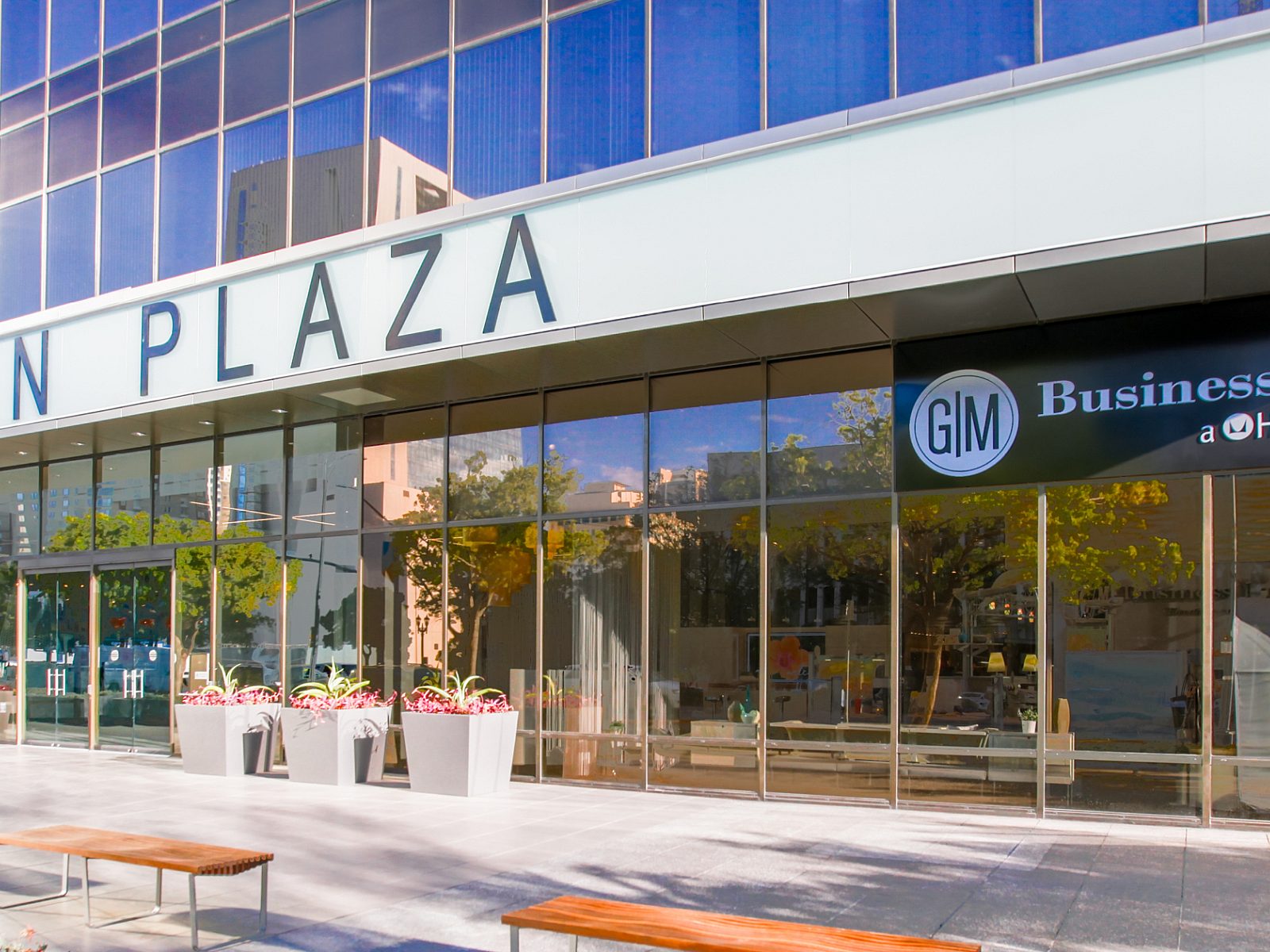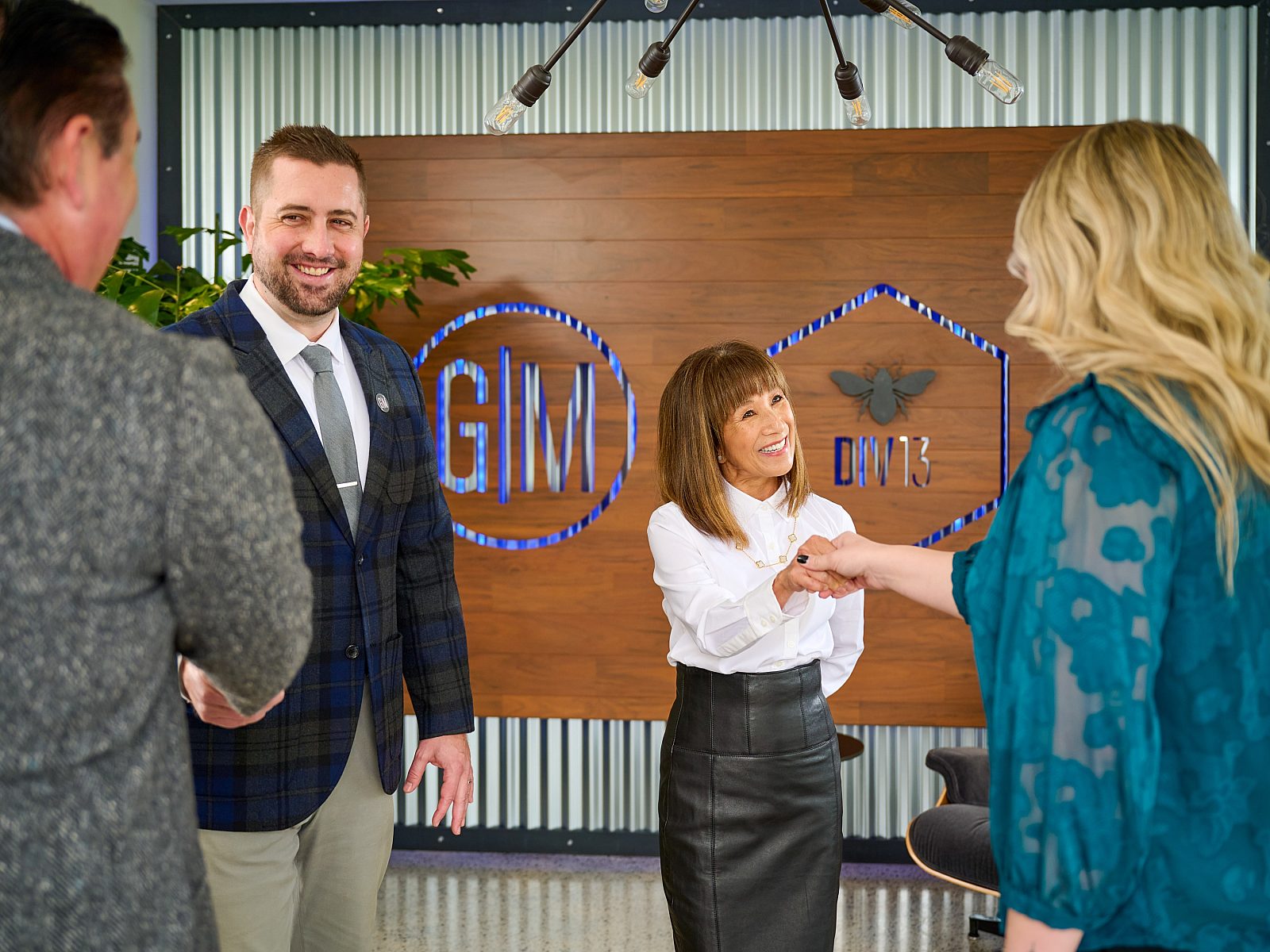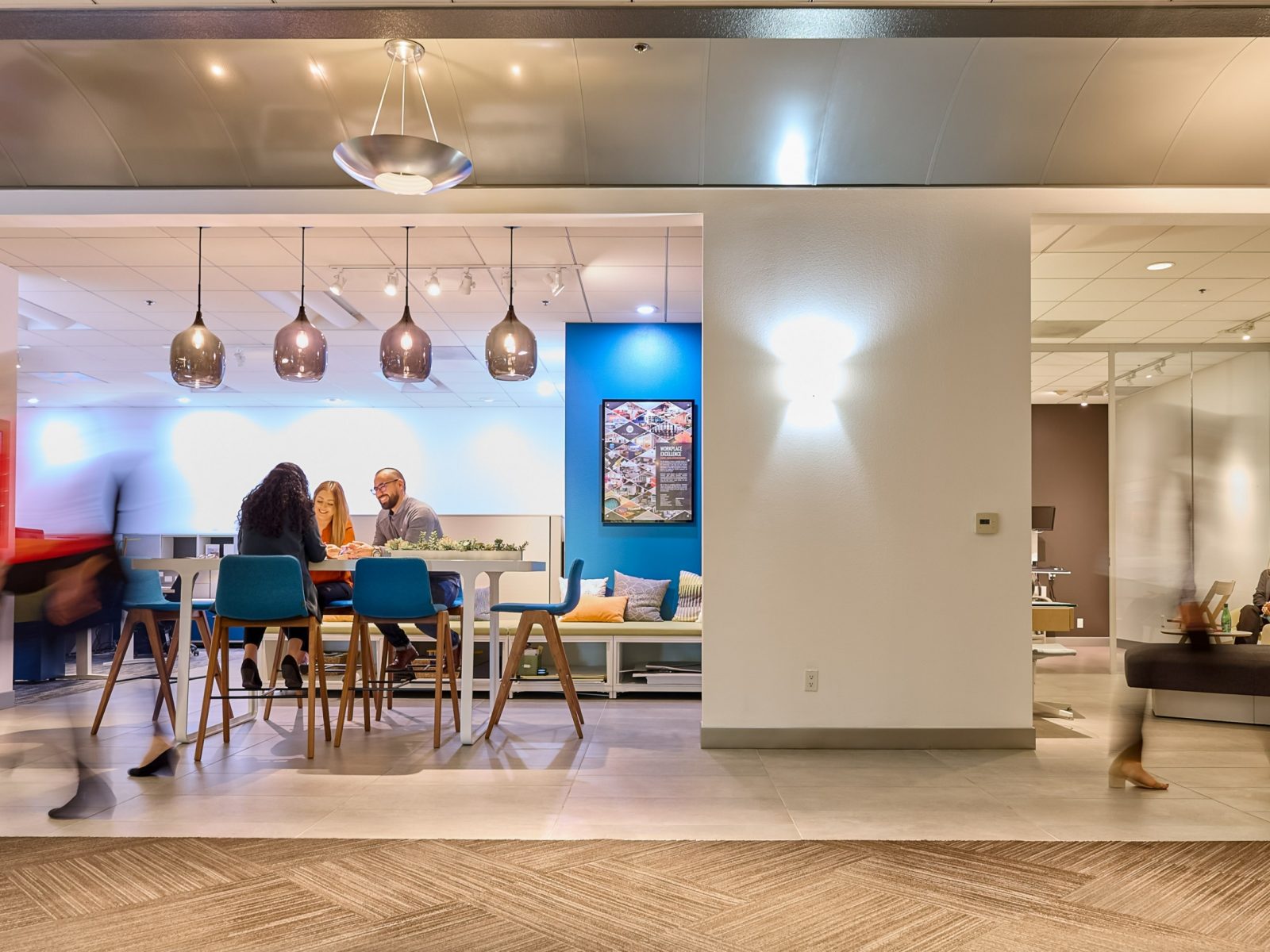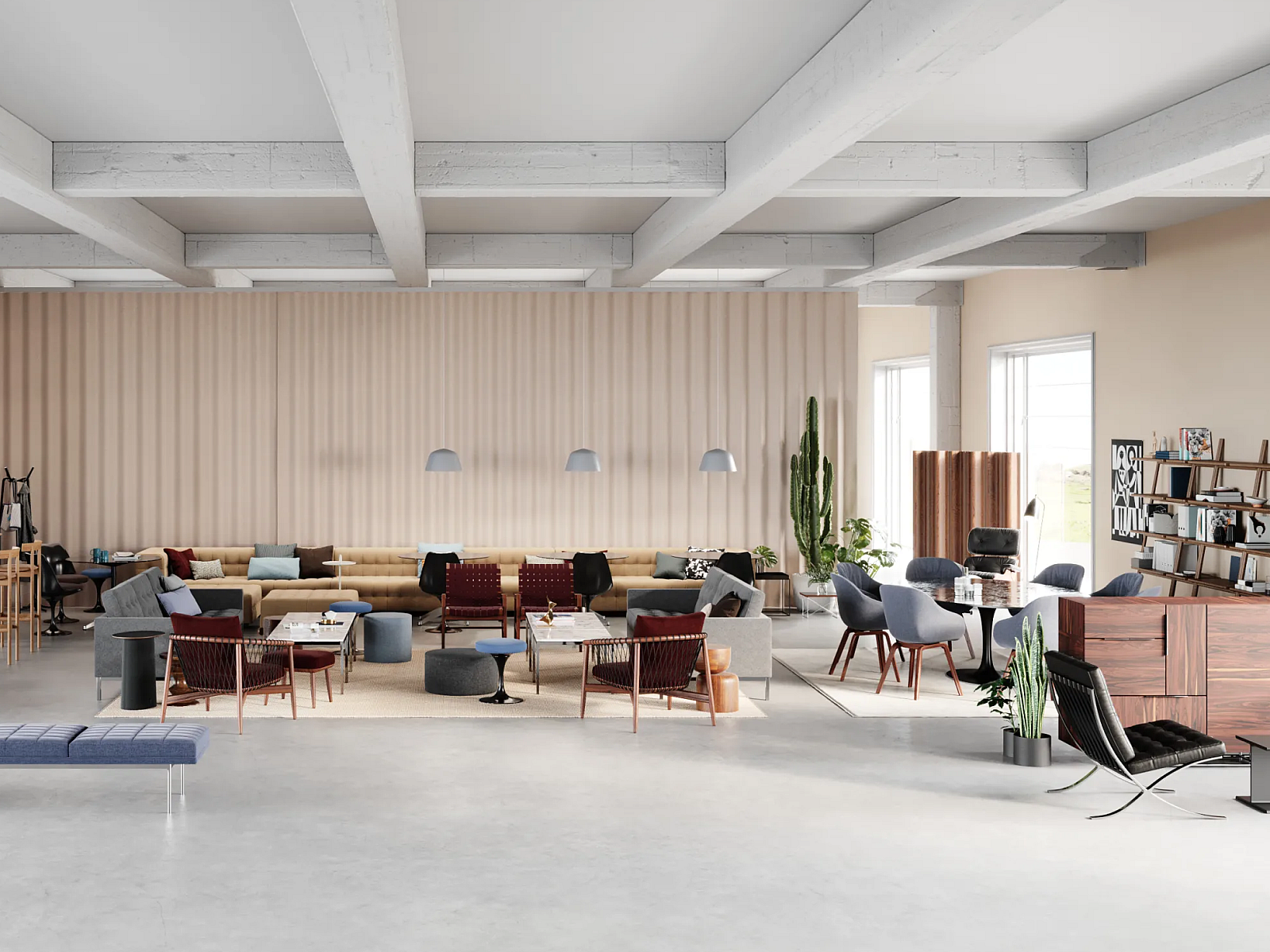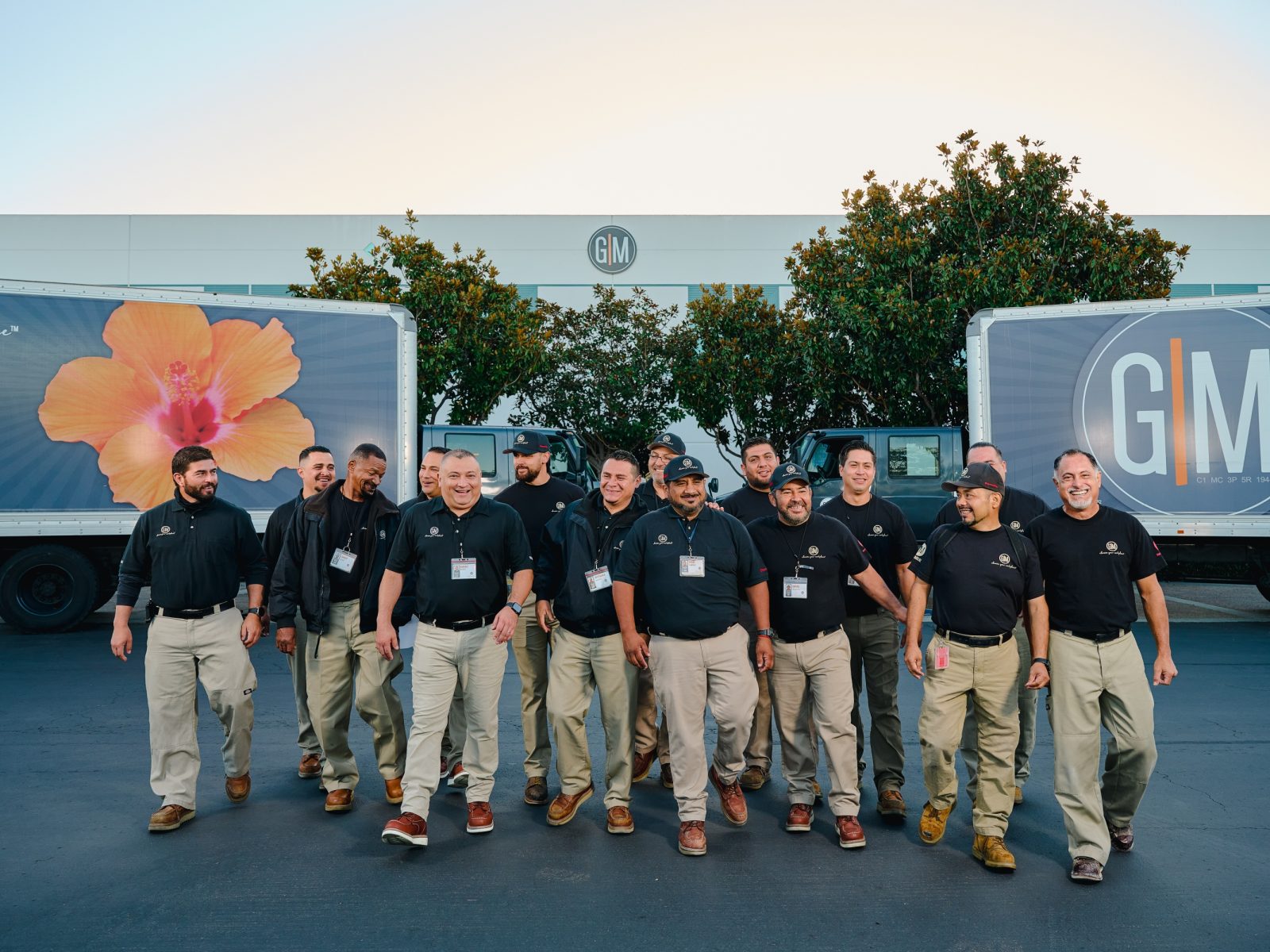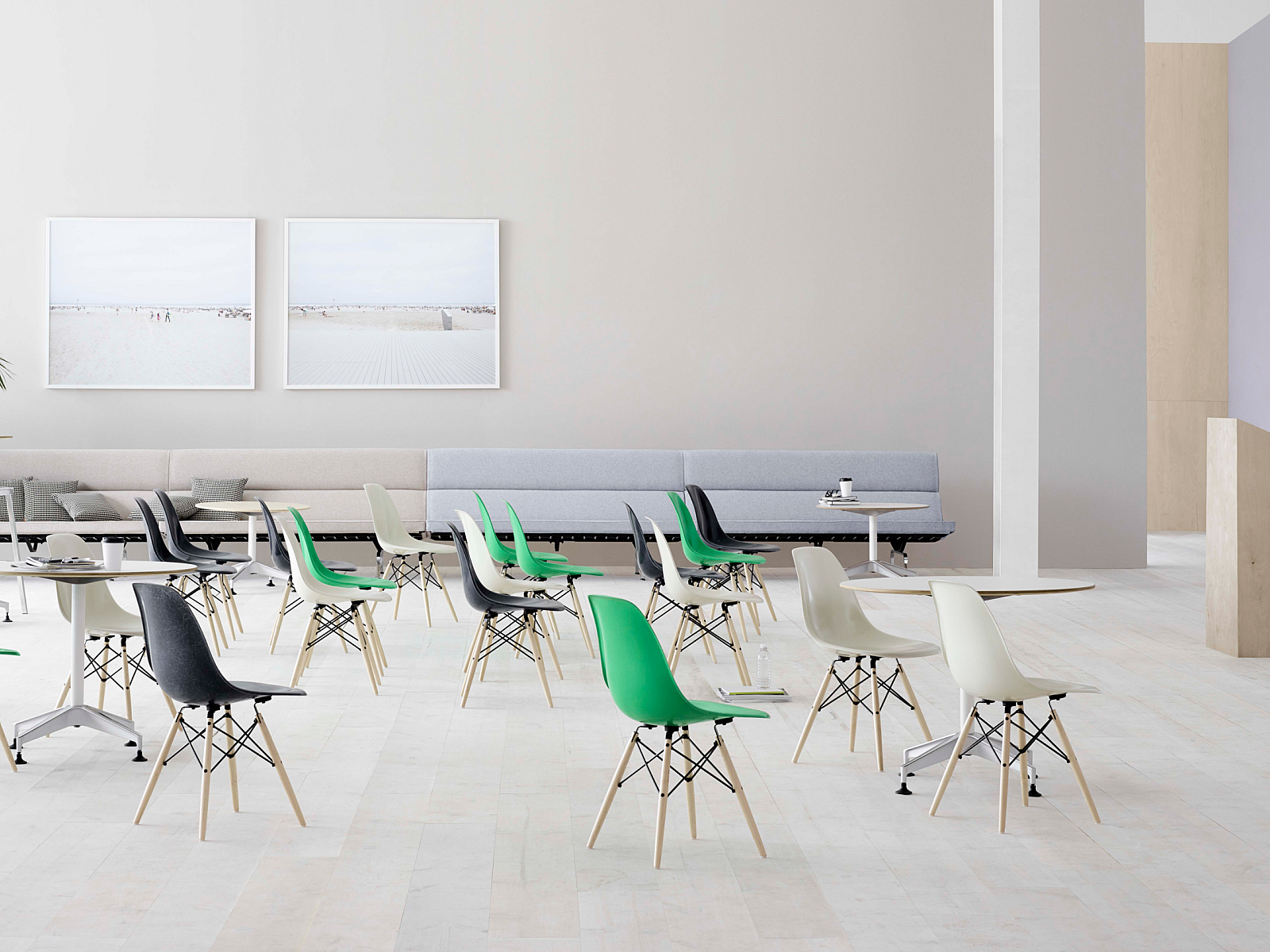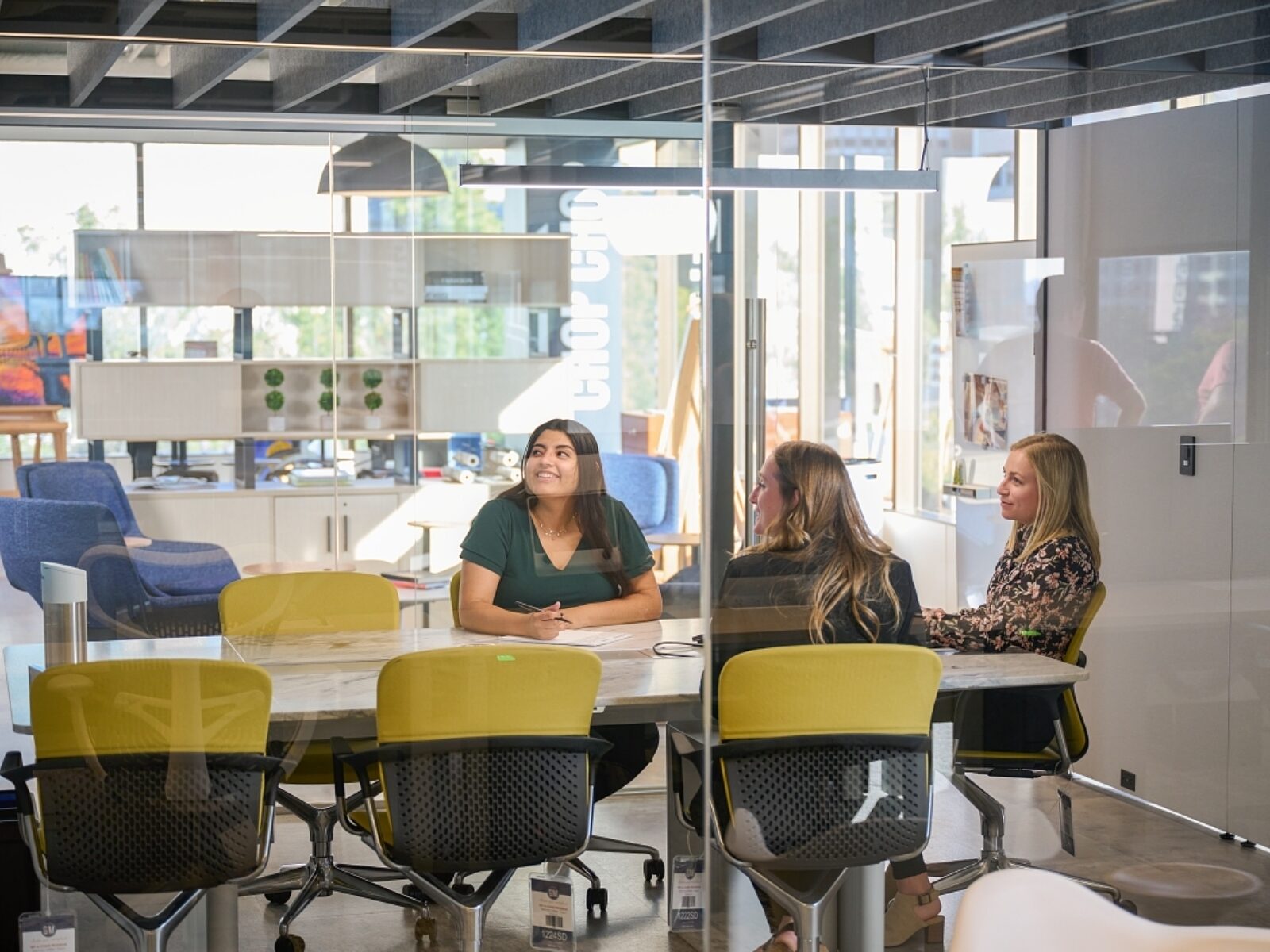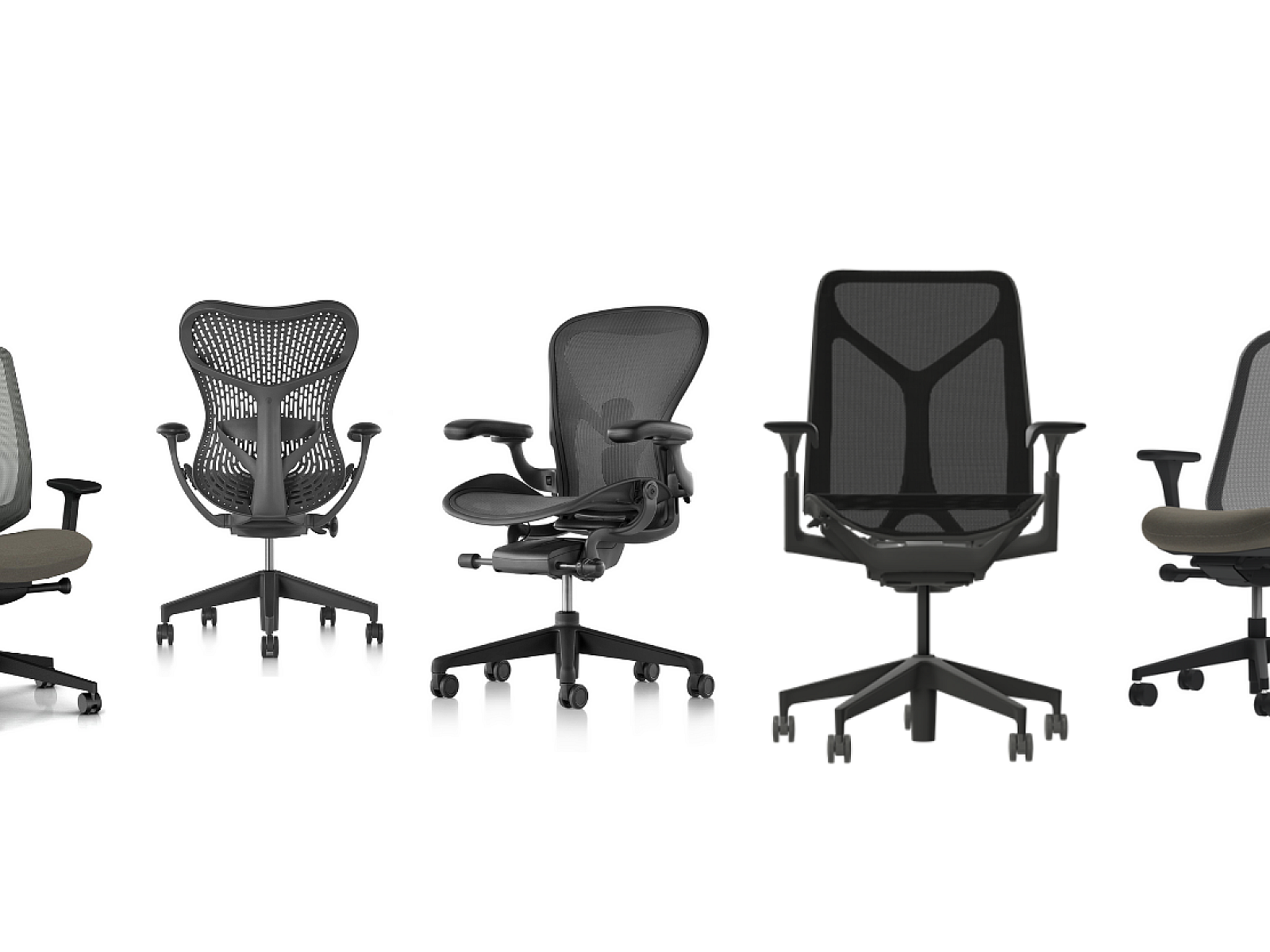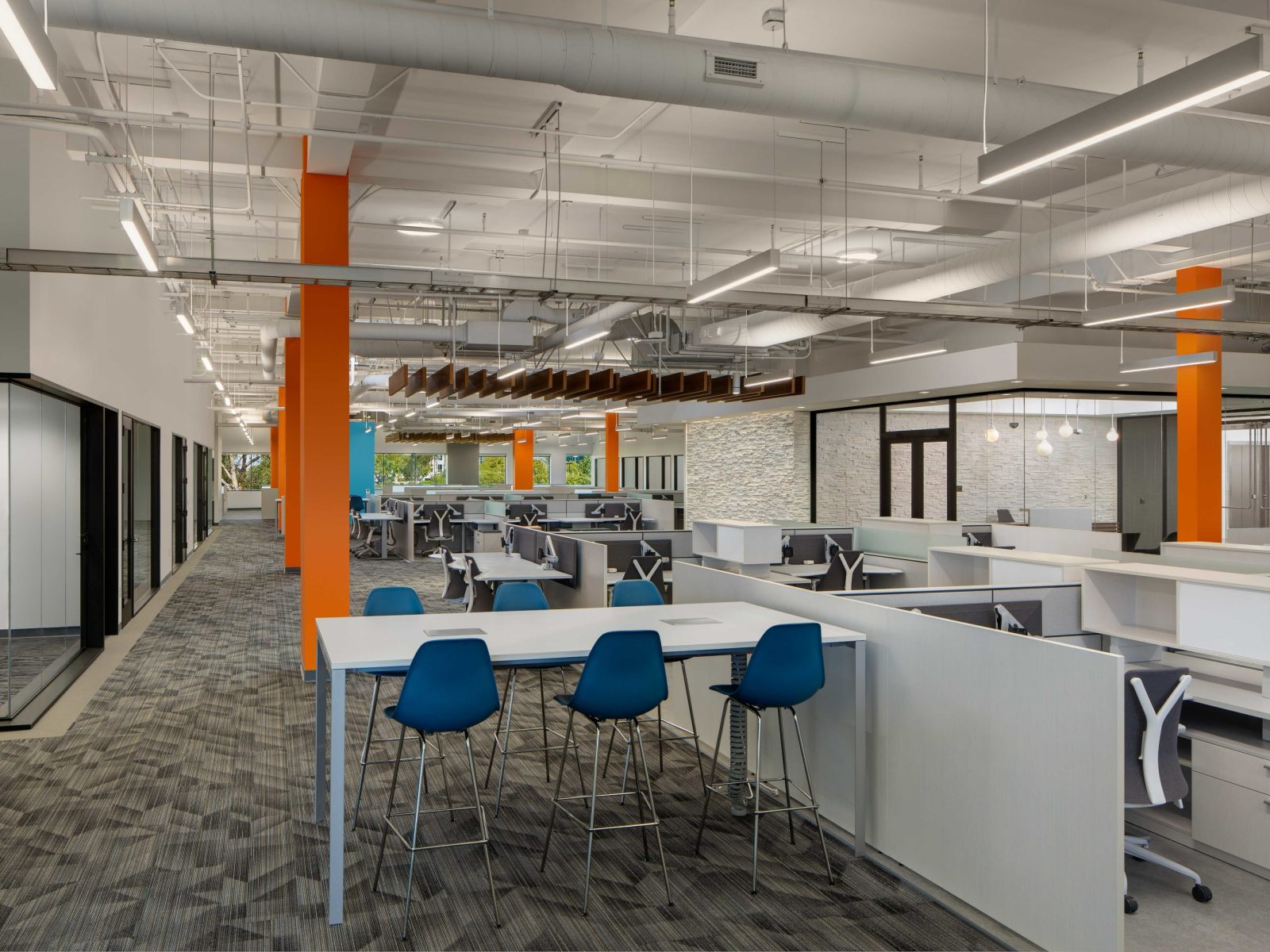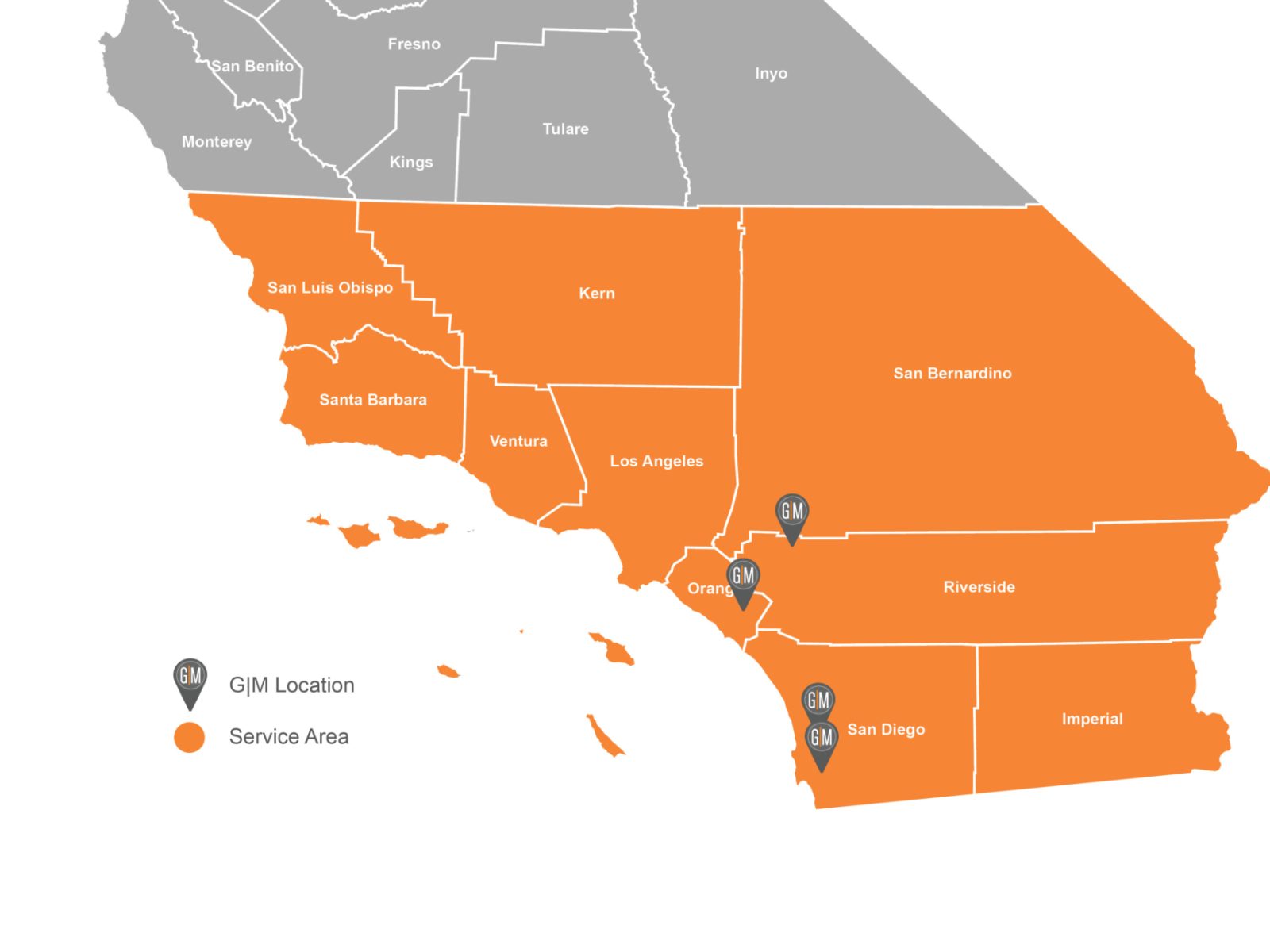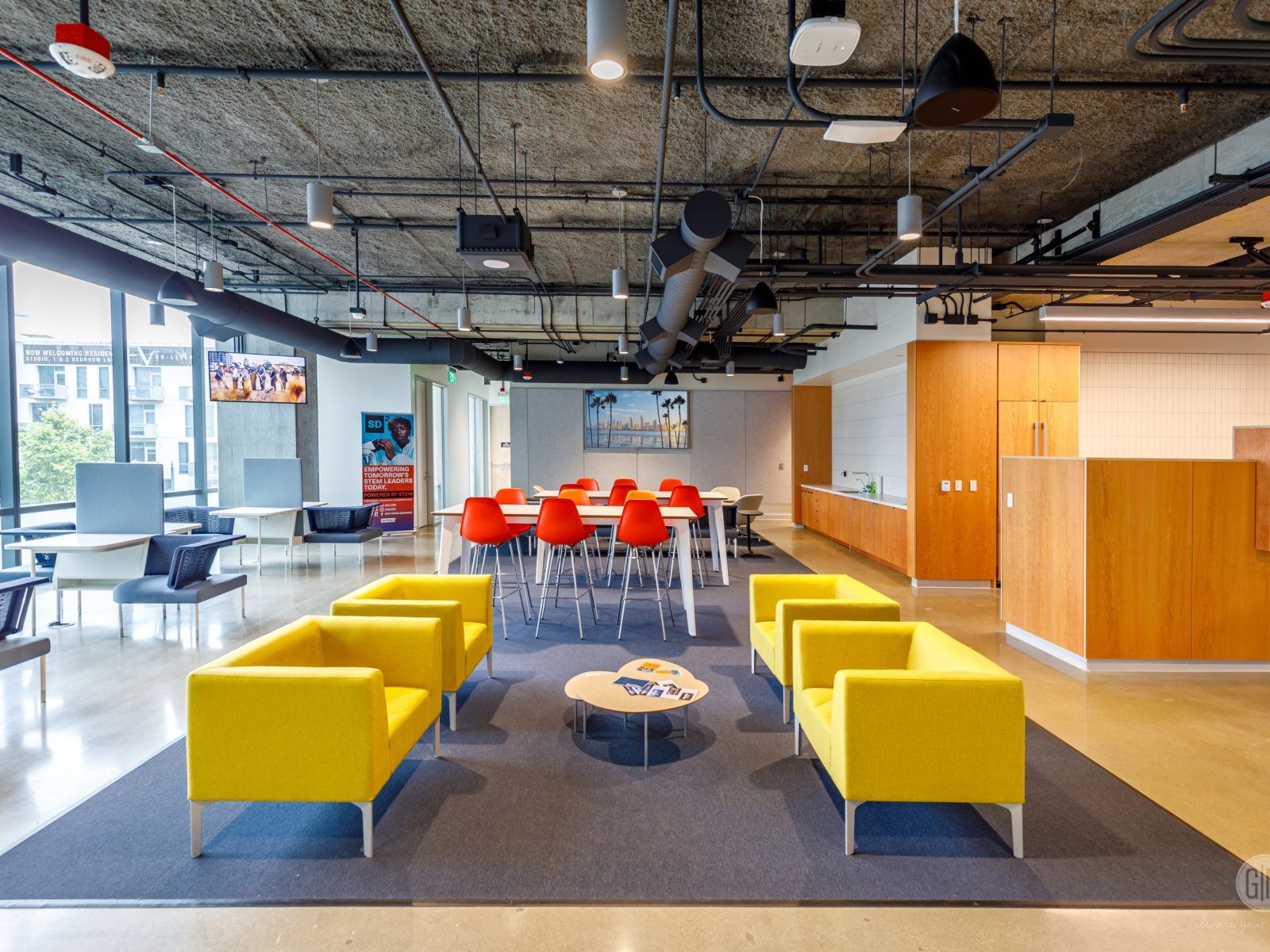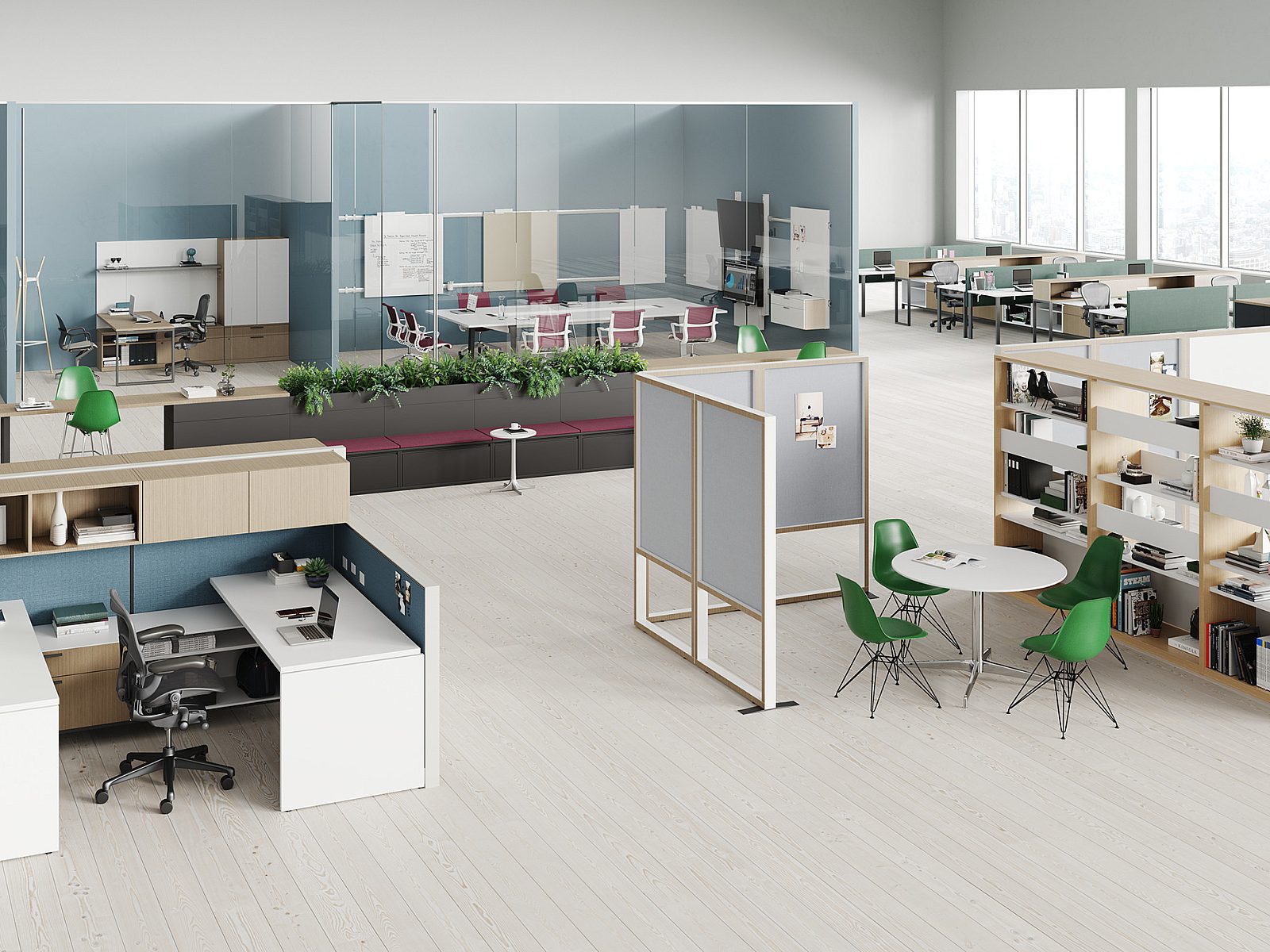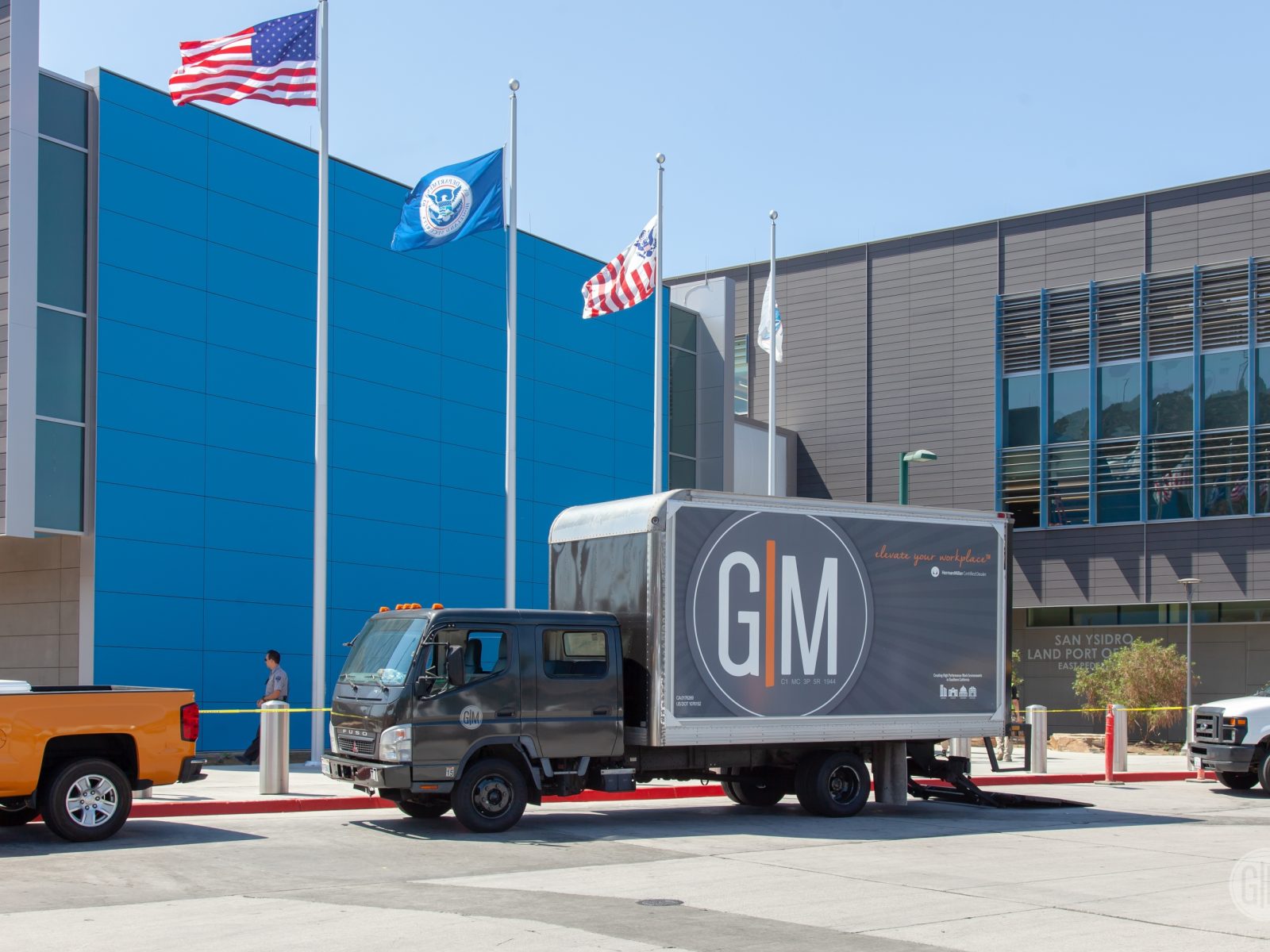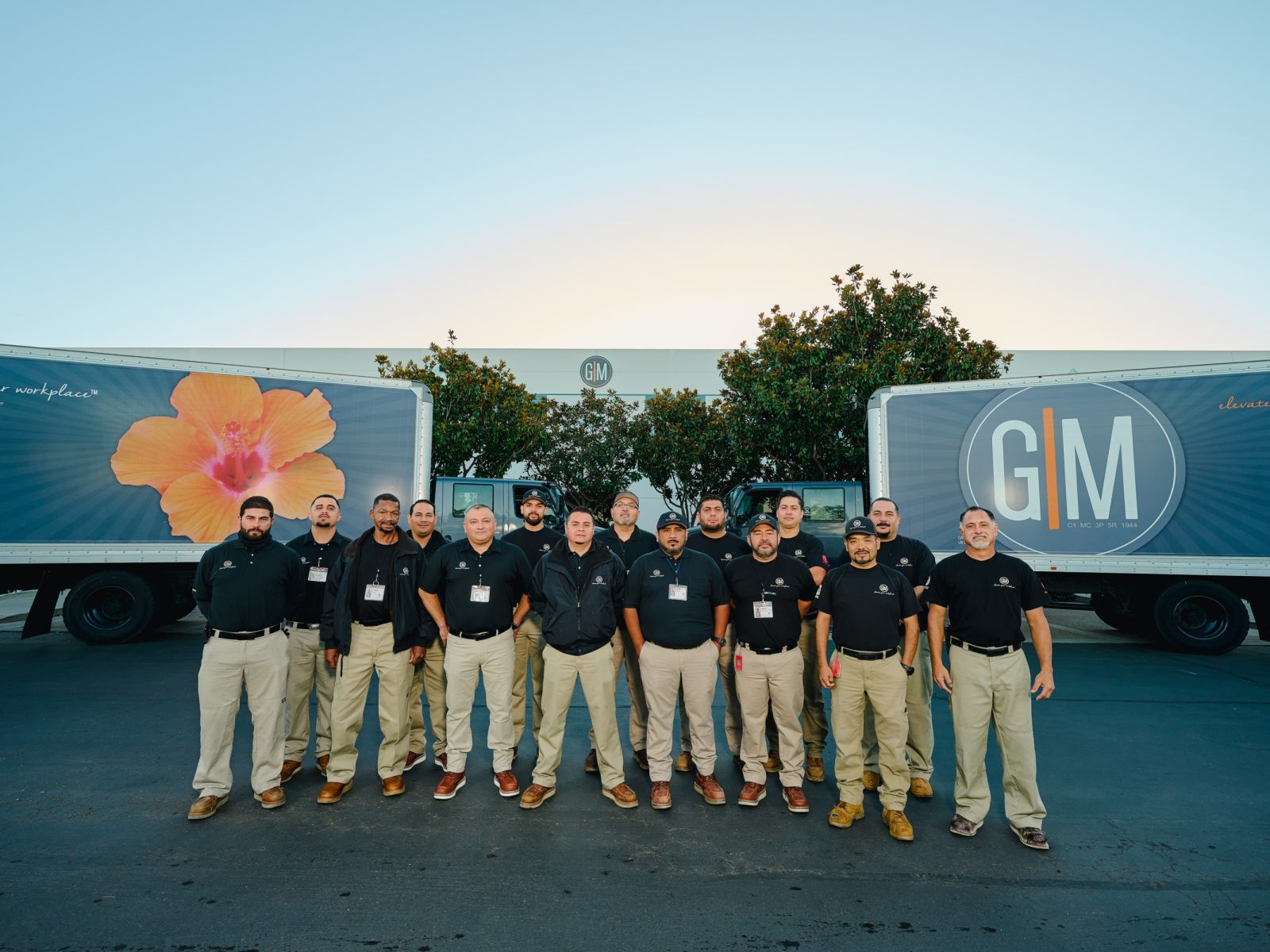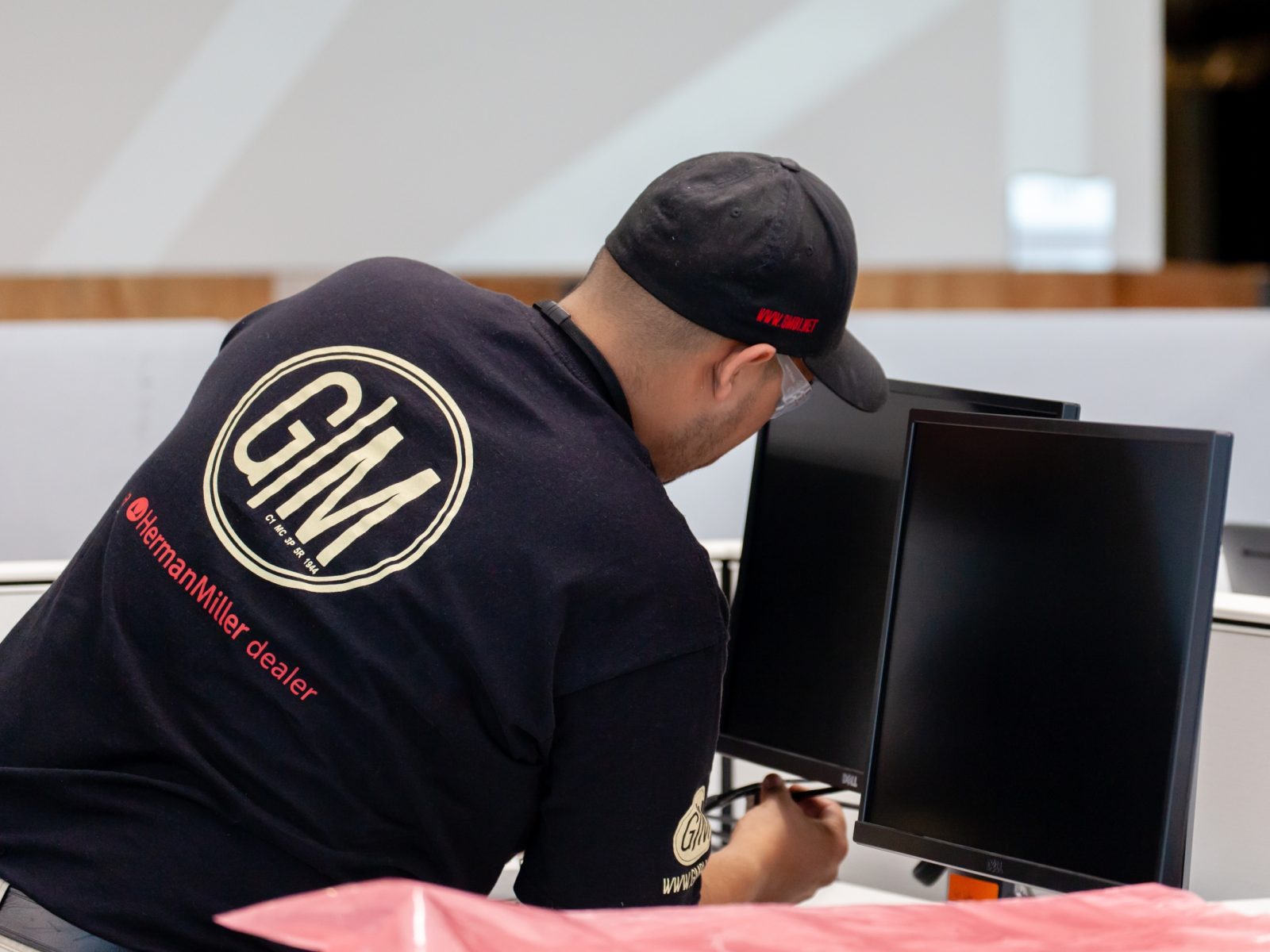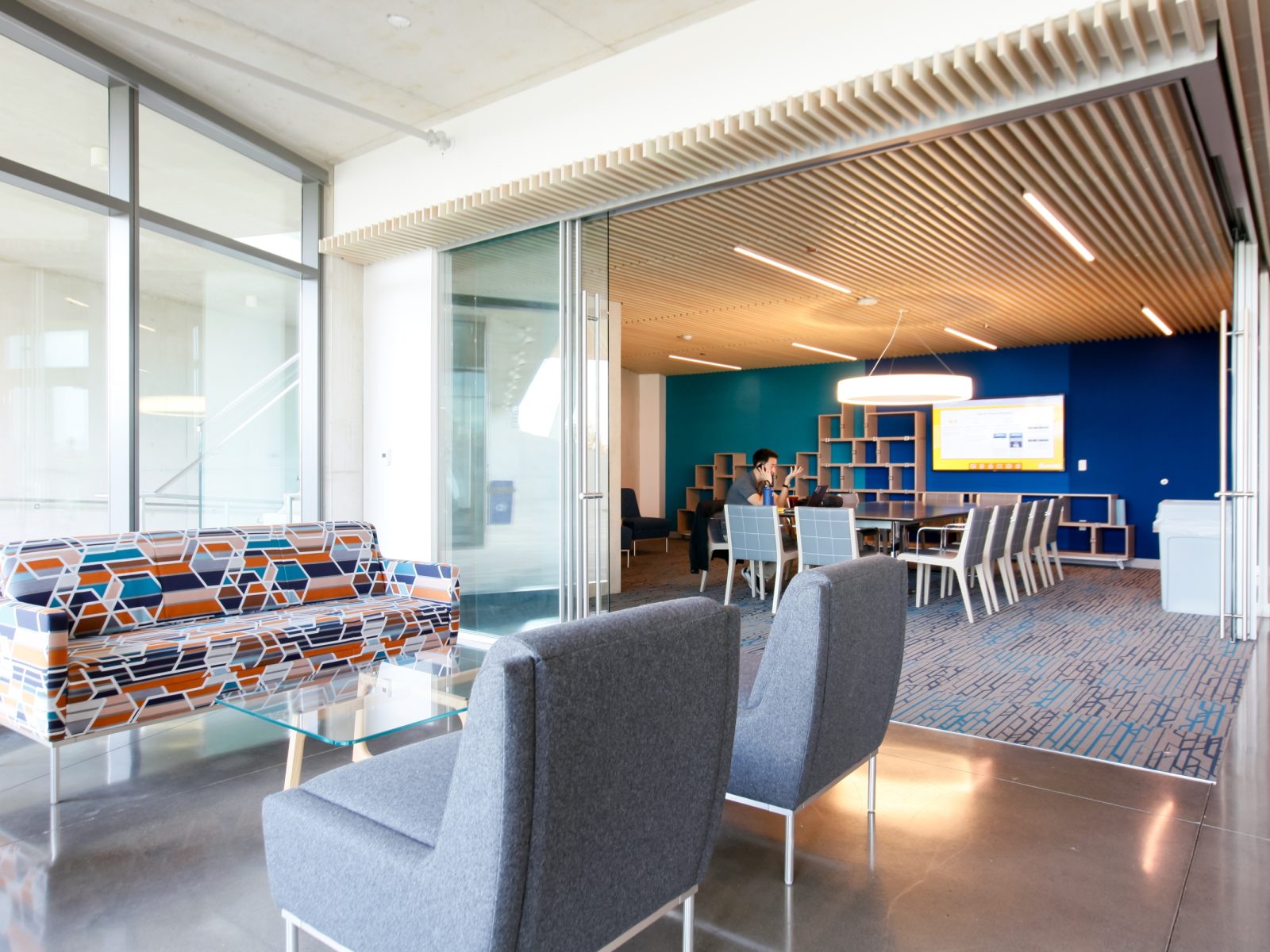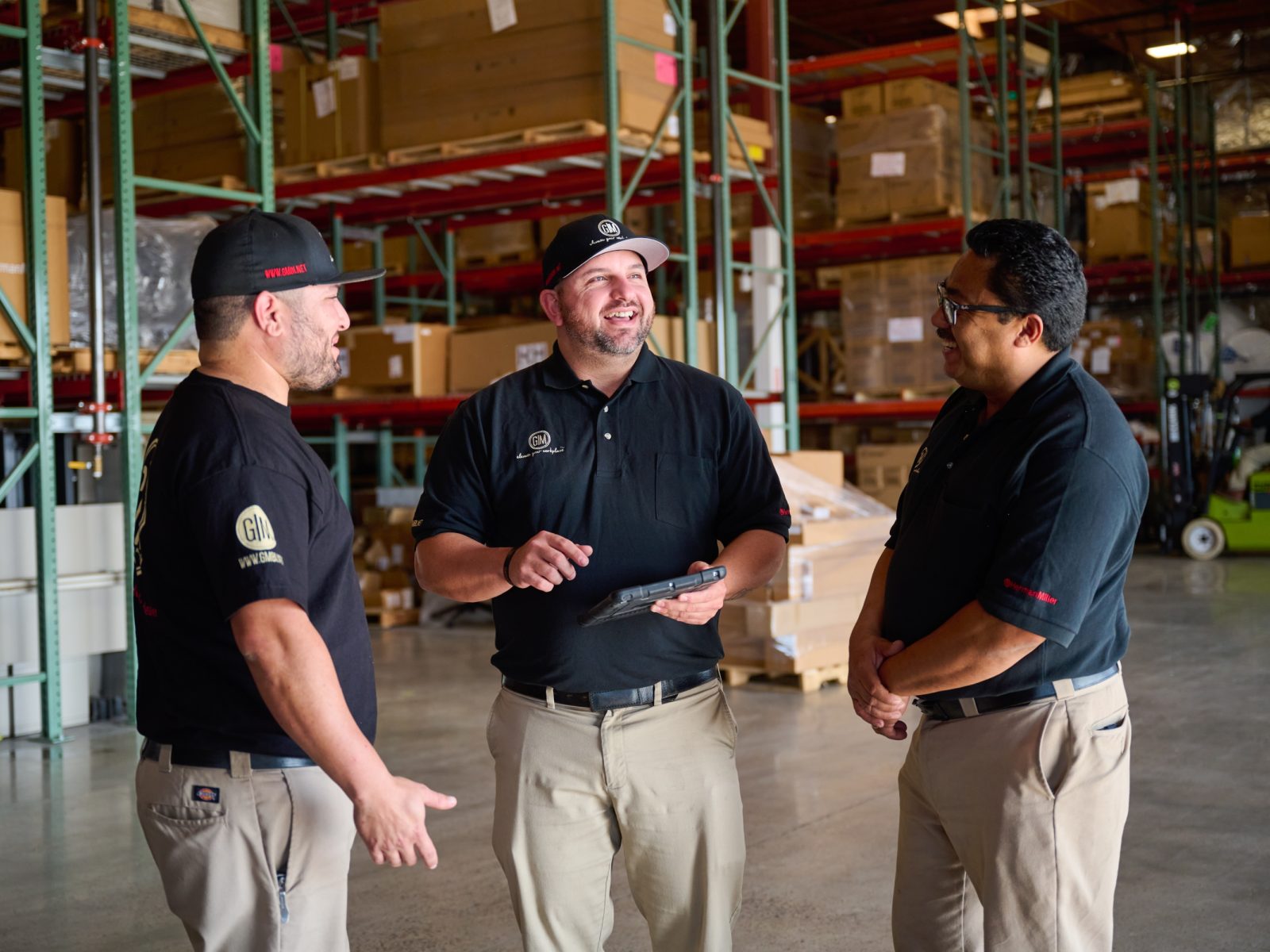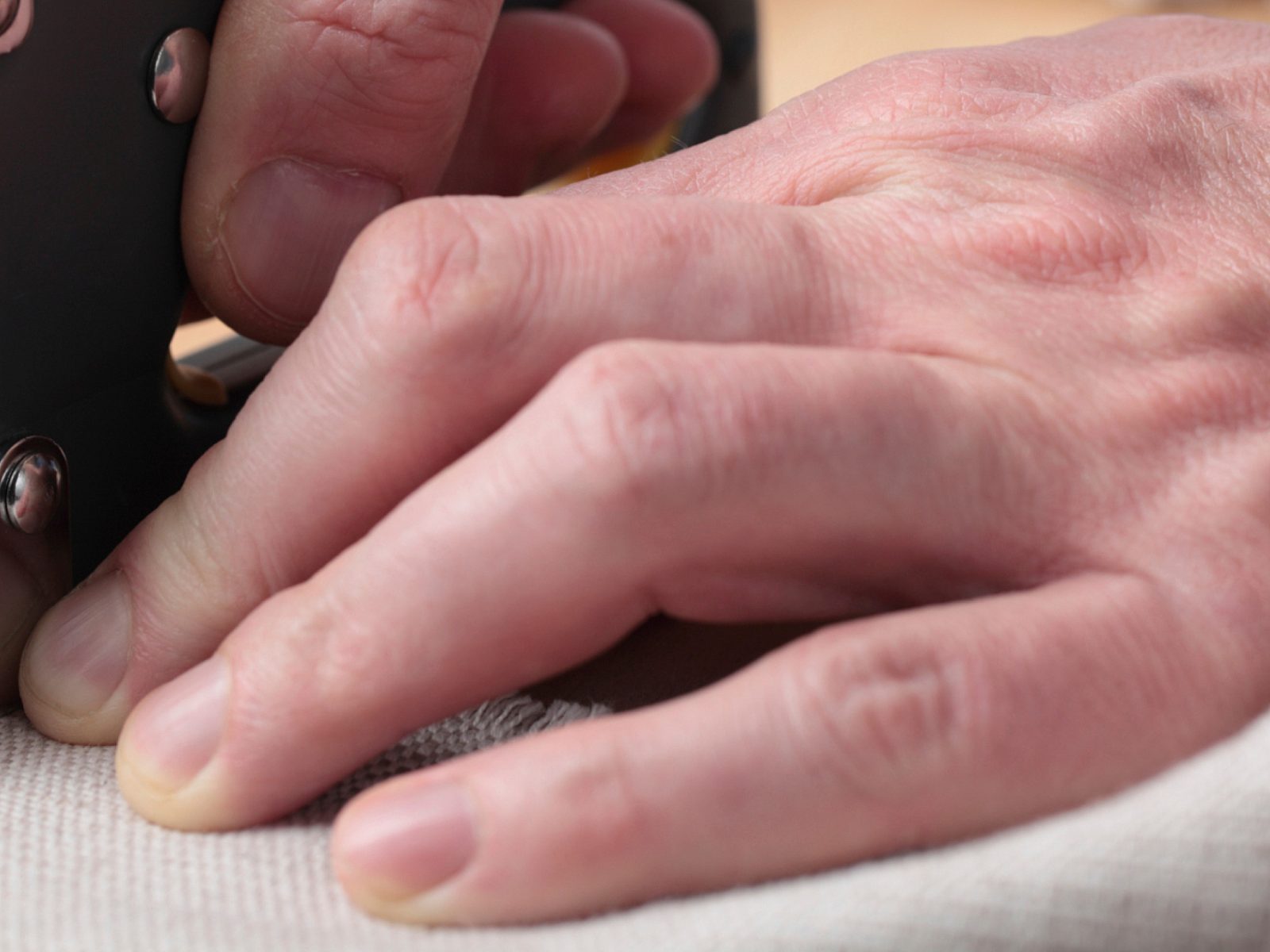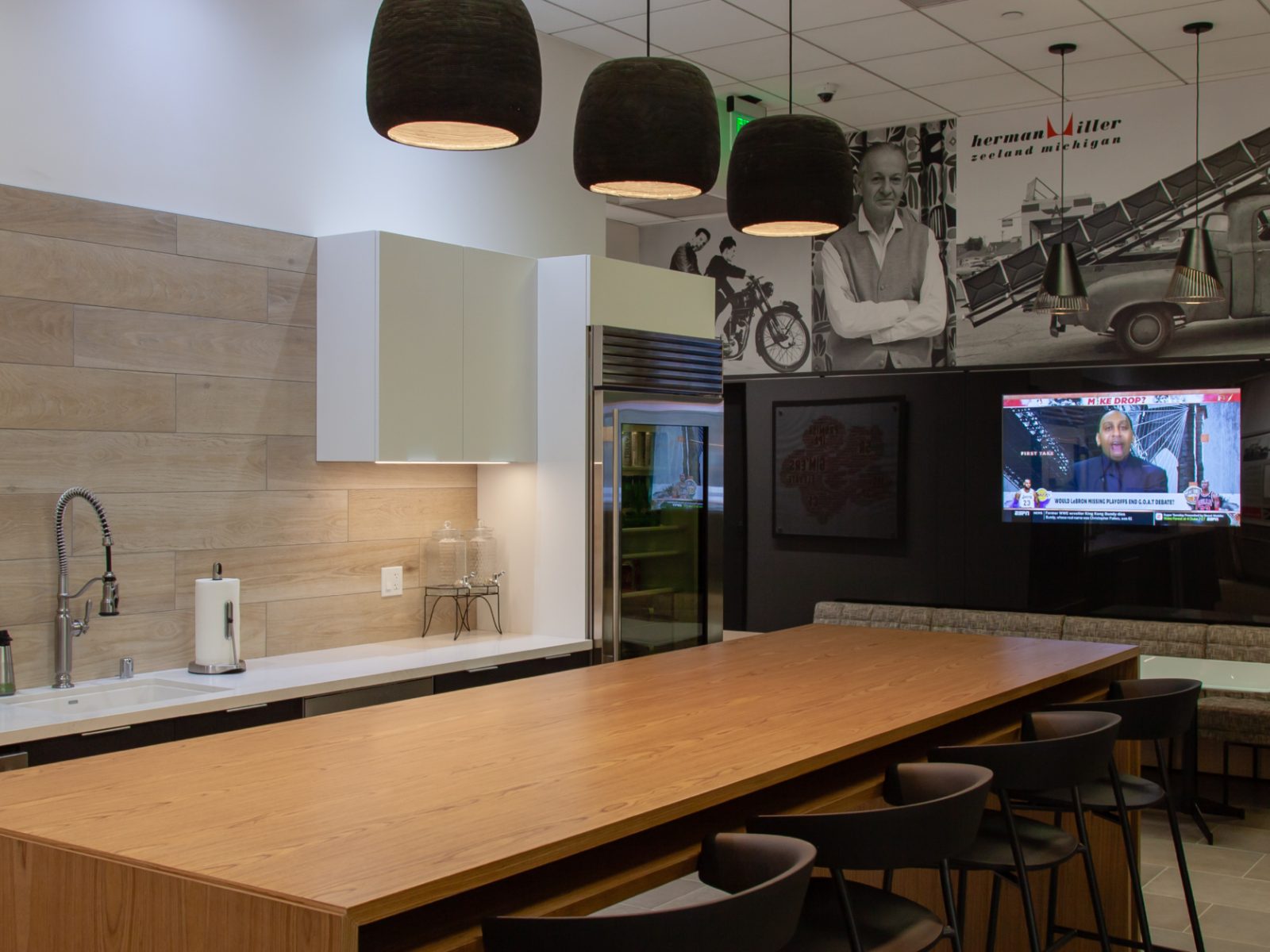Why A New Office Needs To Go Further Than Design
Businesses have to do more if they want to see a positive change in its work environments.

An office re-design often comes with hopes of a new dawn for a company’s culture or way of working, but updates to the physical space are only ever half the story. Design can spur better productivity, collaboration and improve social bonds, but it’s unlikely that a drastic change in working environment will be immediately mirrored by changes in employee attitudes and behaviors. If businesses want to see positive change in these areas, and reap the associated rewards, they will have to do more.
People are unique, individuals react to change differently, and will alter their behavior and values incrementally over time. This is why a thoughtful process of change management is needed to help develop the less visible aspects of life in the workplace and put people in the best position to make the most of the aesthetic and functional changes. Without this human due diligence, businesses could find themselves dealing with unexpected reactions as employees return to a transformed office. When executed correctly, change management can result in a constant dialogue between employee and employer, and the beginning of a design strategy that’s constantly evolving to meet the needs of the people it matters most to.
The scenic route
Office design and build projects are managed as logical processes that progress from one step to the next, moving from A to B in the fastest, most effective way possible. In some cases, the majority of employees won’t be directly involved in the whole process, and therefore experience a more immediate ‘step change’, when one day they’re invited to an entirely new or overhauled workplace. The logical project management process is driven by the fact that it makes business sense, but people’s attitudes, values and habits don’t follow the same clearly structured path. To help employees best adapt to new working environments, we need to be prepared for them to take the scenic route.

Start from the beginning and keep going
A common misconception is that attitudes and behaviours will begin to change organically once the physical space is complete, and that change management can wait until the end of the design and build process. However, people’s experience of the transition begins long before that first day in a new space. It’s important to manage that experience from the beginning, through proactive, effective change management. Engaging with as many future users as possible from the outset creates the opportunity to implement feedback before changes to the design become costly and awkward. This holistic approach also makes the end product one in which everyone has a stake.
Adding more voices to the conversation at the planning stage also means gaining deeper insight into employee reservations that surround the change. It’s rare that a team will want to change everything about their workplace, so a crucial element of change management is understanding that, when we bring in something new, we’re also asking people to say goodbye to something that might work for them, and something that they’re used to.
At this stage, it’s necessary to demonstrate why the change is being made, educate people about how they can prepare for it, and equip them with the right tools to come out stronger on the other side. Once the physical transformation is complete, the dialogue should continue. People change is a journey, not a destination, after all. Employers should keep checking how employees are coping and consistently evaluate.
The ‘pilot’ approach
Businesses that successfully manage change will see the conversation on workplace design shift from one that occurs every five or ten years to an ongoing discussion that informs perpetual updates to the working environment. A role reversal where physical changes are led by an evolving understanding of where and why change needs to happen is the future. Change will become part of company culture, and that will include asking people whether the changes being implemented are valid and relevant.

Companies are constantly checking, challenging and changing their business models to stay ahead when the market changes, so why not have the same attitude to our working environments? Consumer-facing businesses in particular are fluent in change management – retailers are always updating advertising and shop windows to attract and retain customers, while software and product developers use ‘permanent beta’ strategies to trial new features in real time and apply what works best.
If we can implement this approach to office design, we will bring together the physical and behavioural changes that are needed for workplace transformation, and work progressively towards a dynamic product that has been tried and tested, rather than one, unknown, static outcome that we hope inspires the change we want to see. Taking this ‘pilot’ approach allows us to gather all the information we need to steer our working environments in the right direction.

